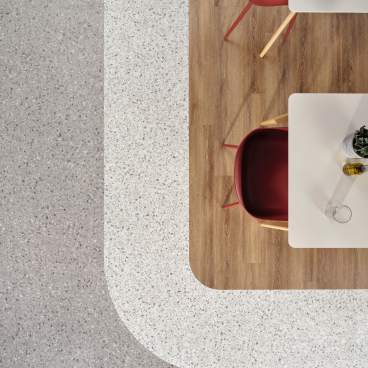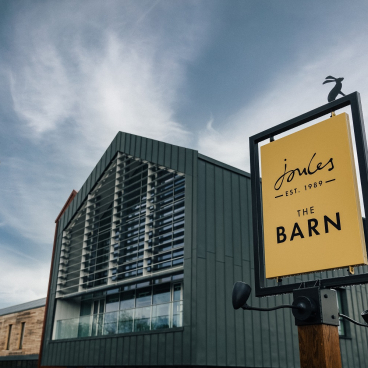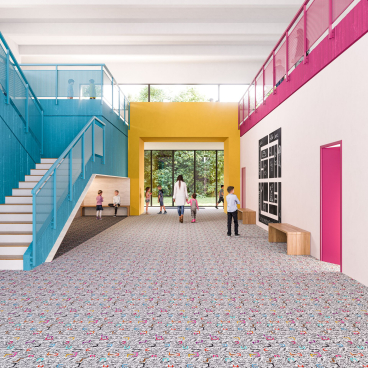Tile of Spain celebrates the creative use of ceramics in architecture and design.
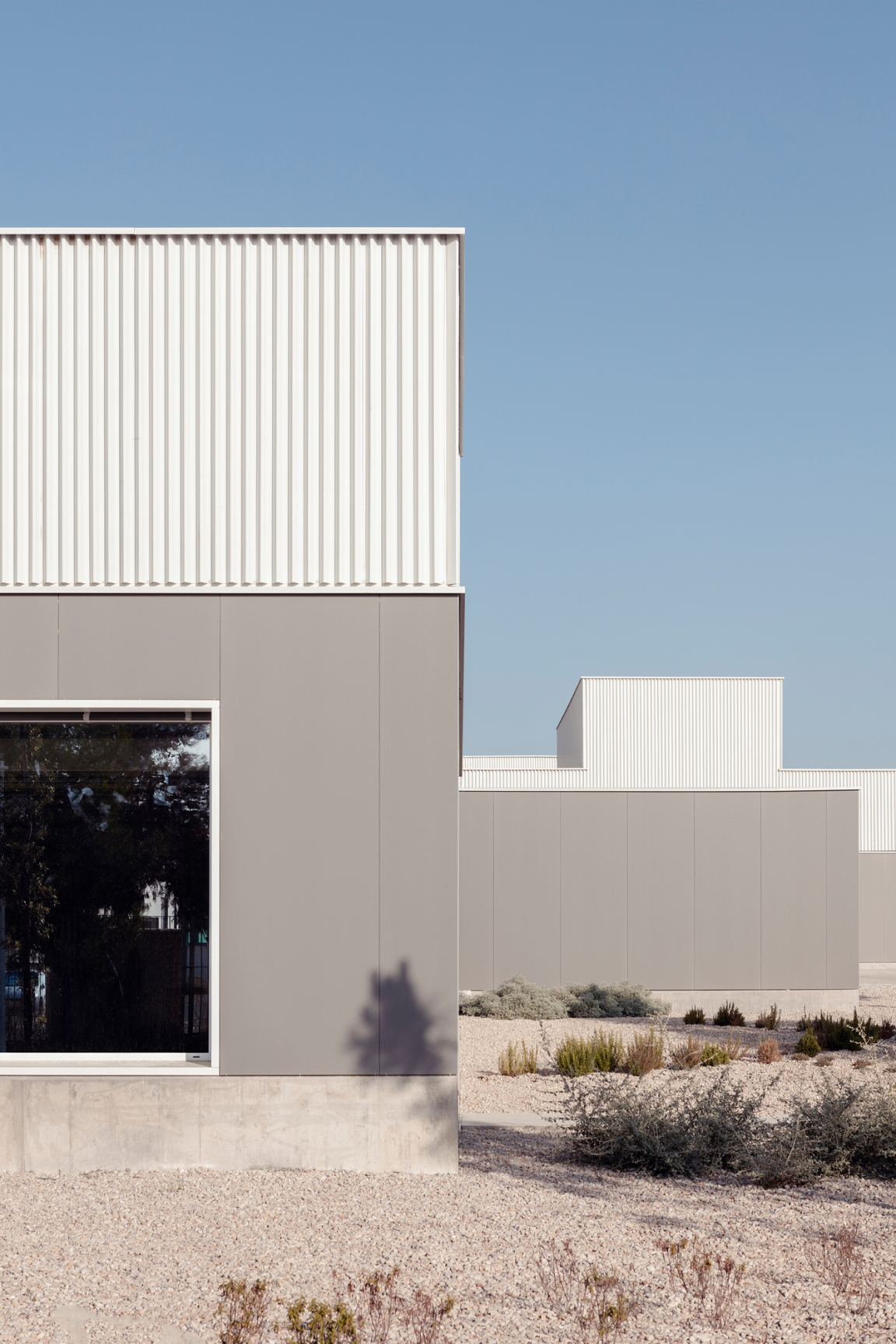
Photo credit: Mikel Muruzaba
The Tile of Spain awards promote the innovative use of Spanish ceramics in interior design and architecture both in Spain and abroad.
Now in its 20th edition, the competition is organised by ASCER, the Spanish ceramic tile manufacturers’ association. The annual awards are regarded as a major global event in the industry, earning its winners a highly respected accolade.
This year's first prize in the Architecture category went to MRM Architects’ Studio (Miguel Alonso Flamarique, Roberto Erviti Machain, Mamen Escorihuela Vitales) for the new headquarters of the Valencia Construction Sector Employment Foundation.
The jury praised the use of large-format tiles as a quintessential feature of the building envelope. It also commended the use of a standard product, applied in industrial style, to create an outer shell based on the criteria of cleanliness, order and minimum resources.
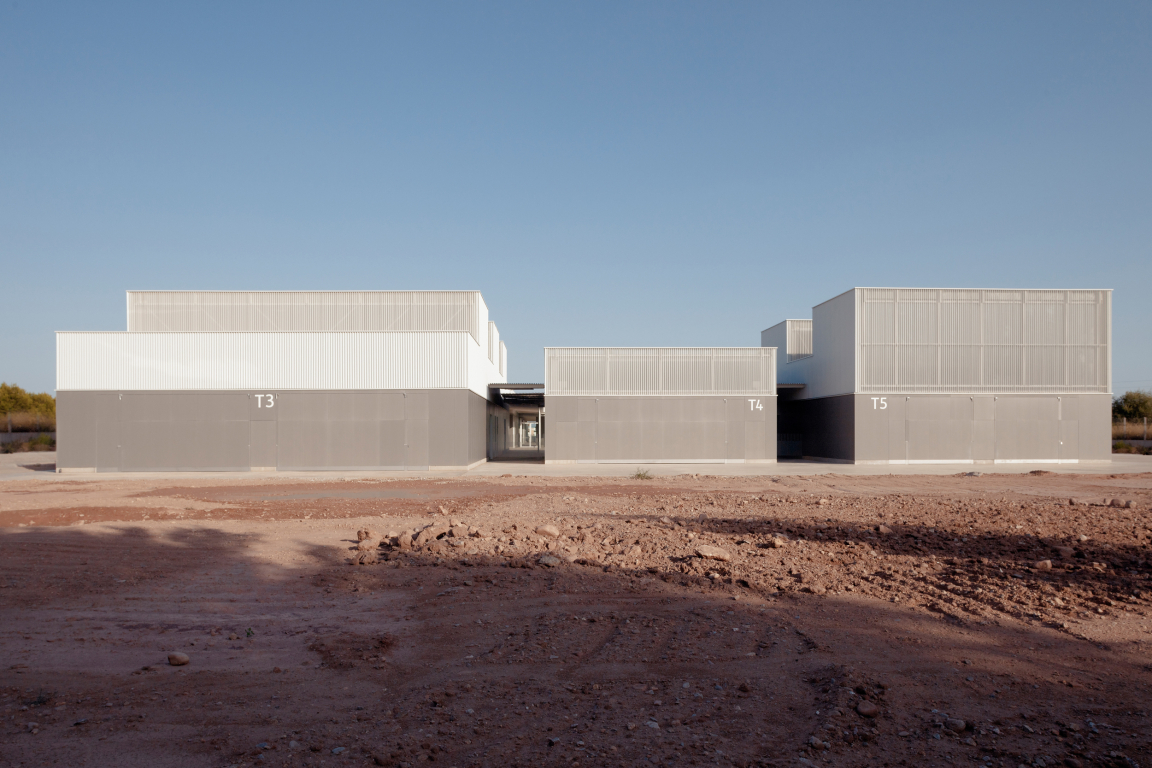
Photo credit: Mikel Muruzaba
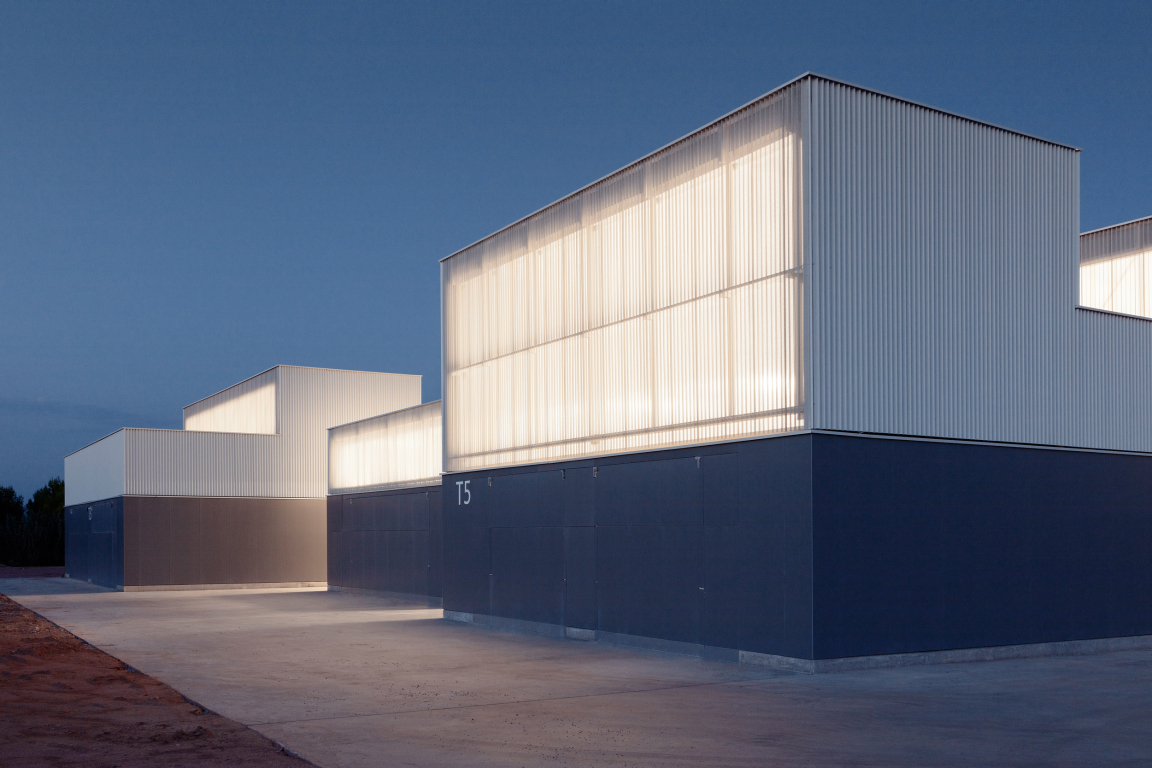
Photo credit: Mikel Muruzaba
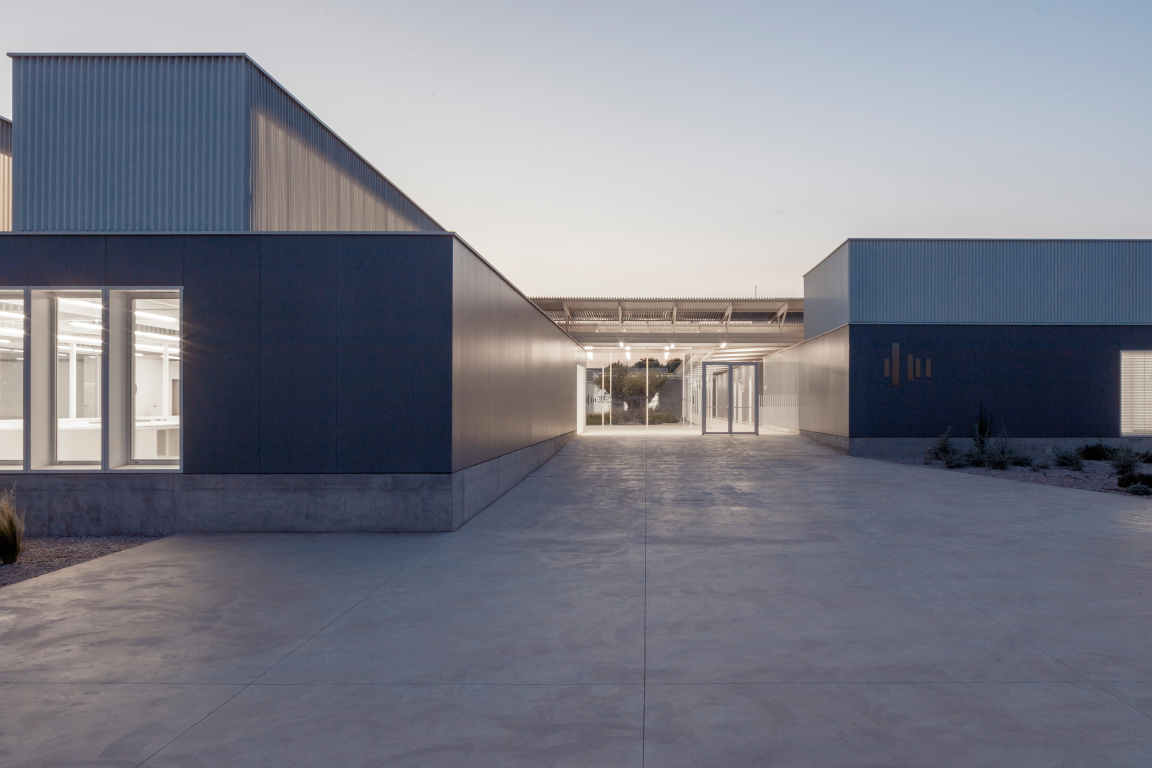
Photo credit: Mikel Muruzaba
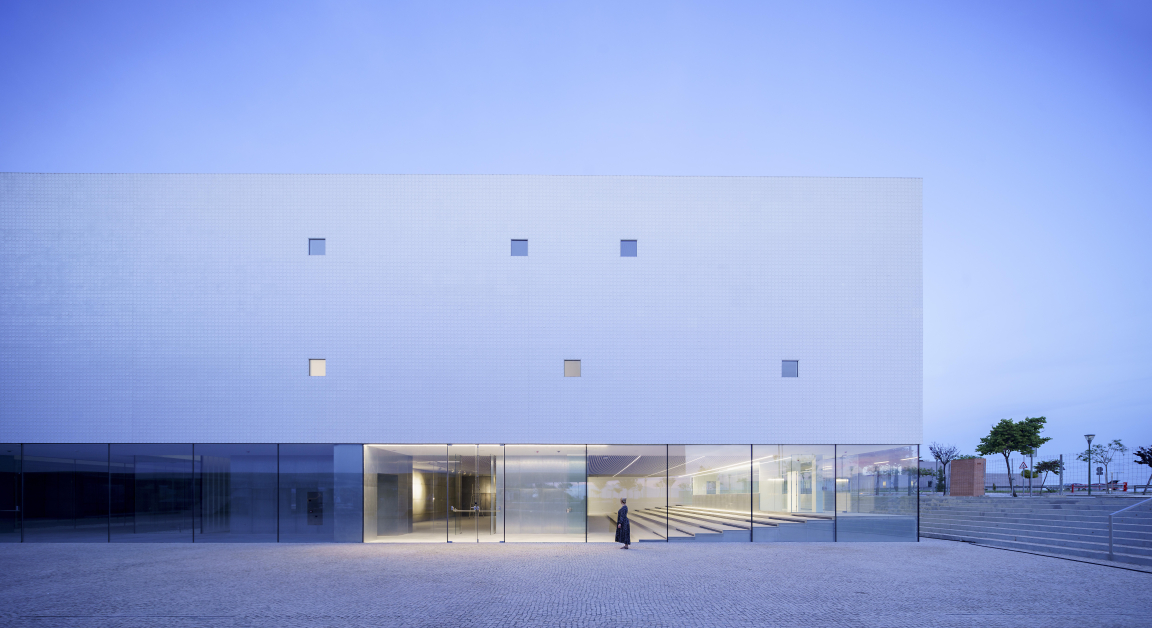
Architecture special mention - plaza exterior
The new headquarters of the Valencia Construction Sector Employment Foundation is set in rural and semi-industrial surroundings. In keeping with the Valencia region’s physical and cultural backdrop, a decision was taken to use ceramic tiles for the construction and image of the employment centre as they are the region’s flagship manufacturing product, used extensively there.
The winner of the Interior Design category was Estudio Vilablanch for ‘Living in a Coderch’, an apartment refurbishment in Barcelona’s emblematic Banco Urquijo building that recaptures the essence of Coderch’s architecture.
The judges applauded the project’s rigorous exercise in interior design, in keeping with the spirit of José Antonio Coderch’s architecture, while highlighting the concept of permanence as a common denominator. It also emphasized the skilful choice of materials and meticulous care with which the design project was put into practice.
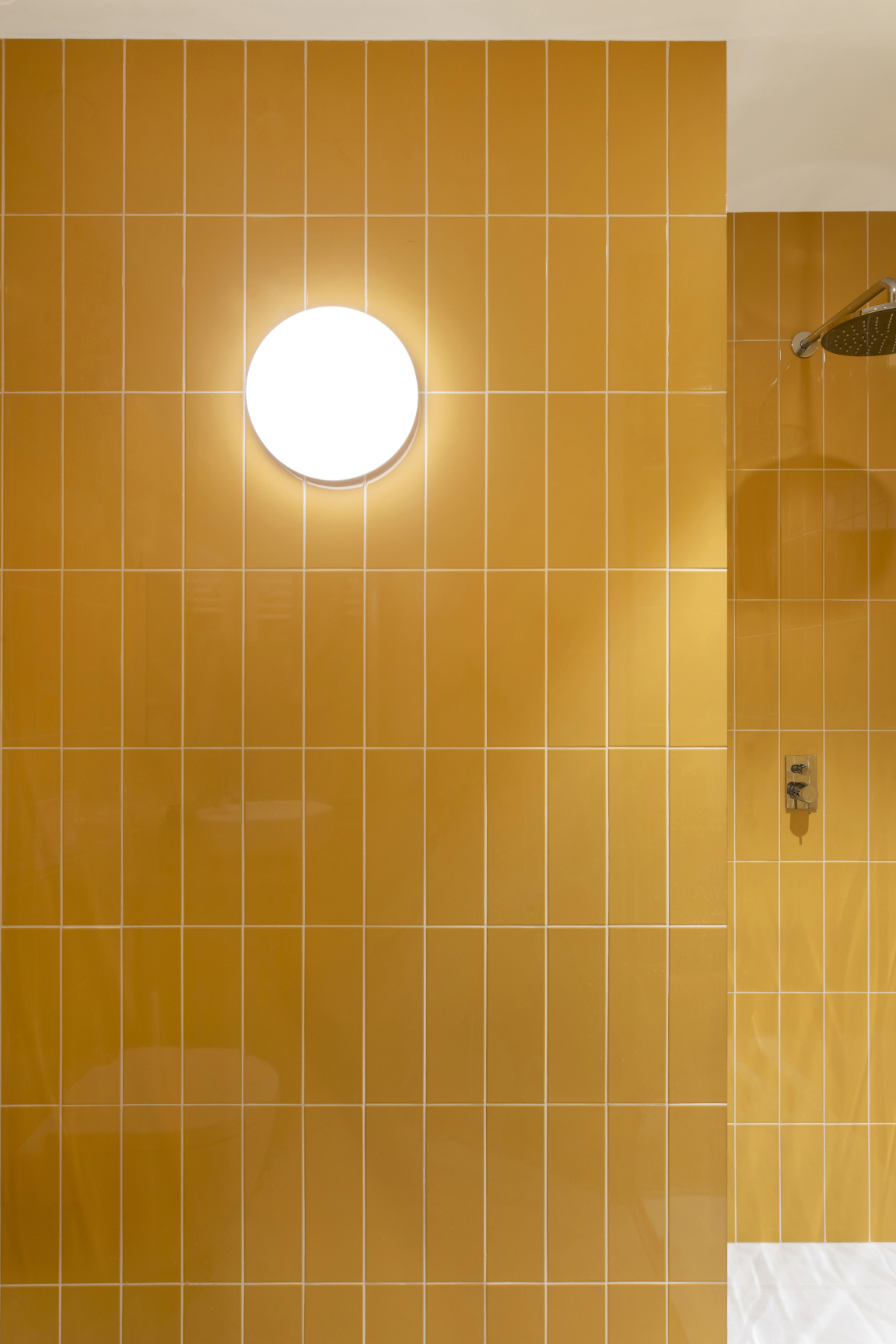
Interior design winner
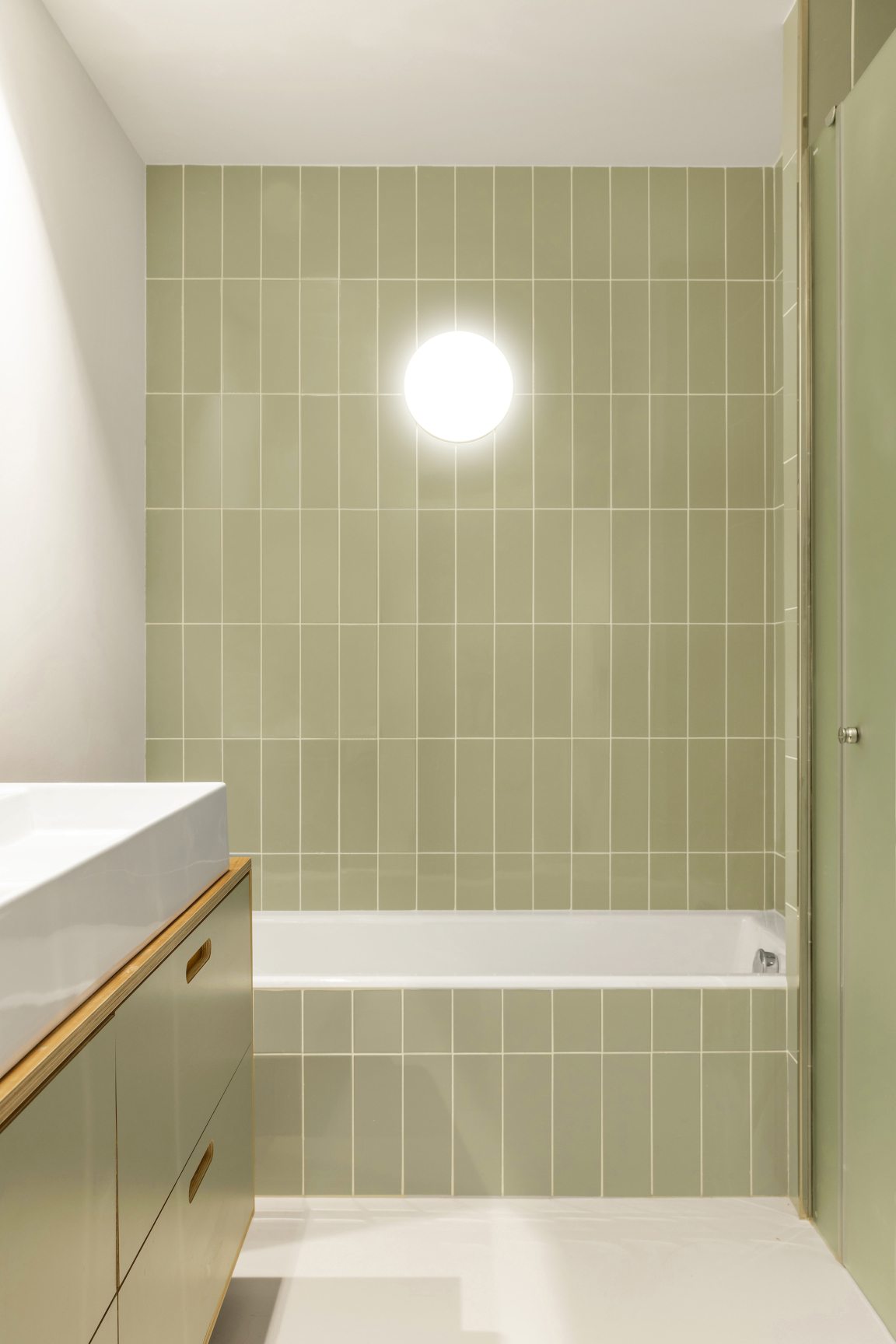
Interior design winner
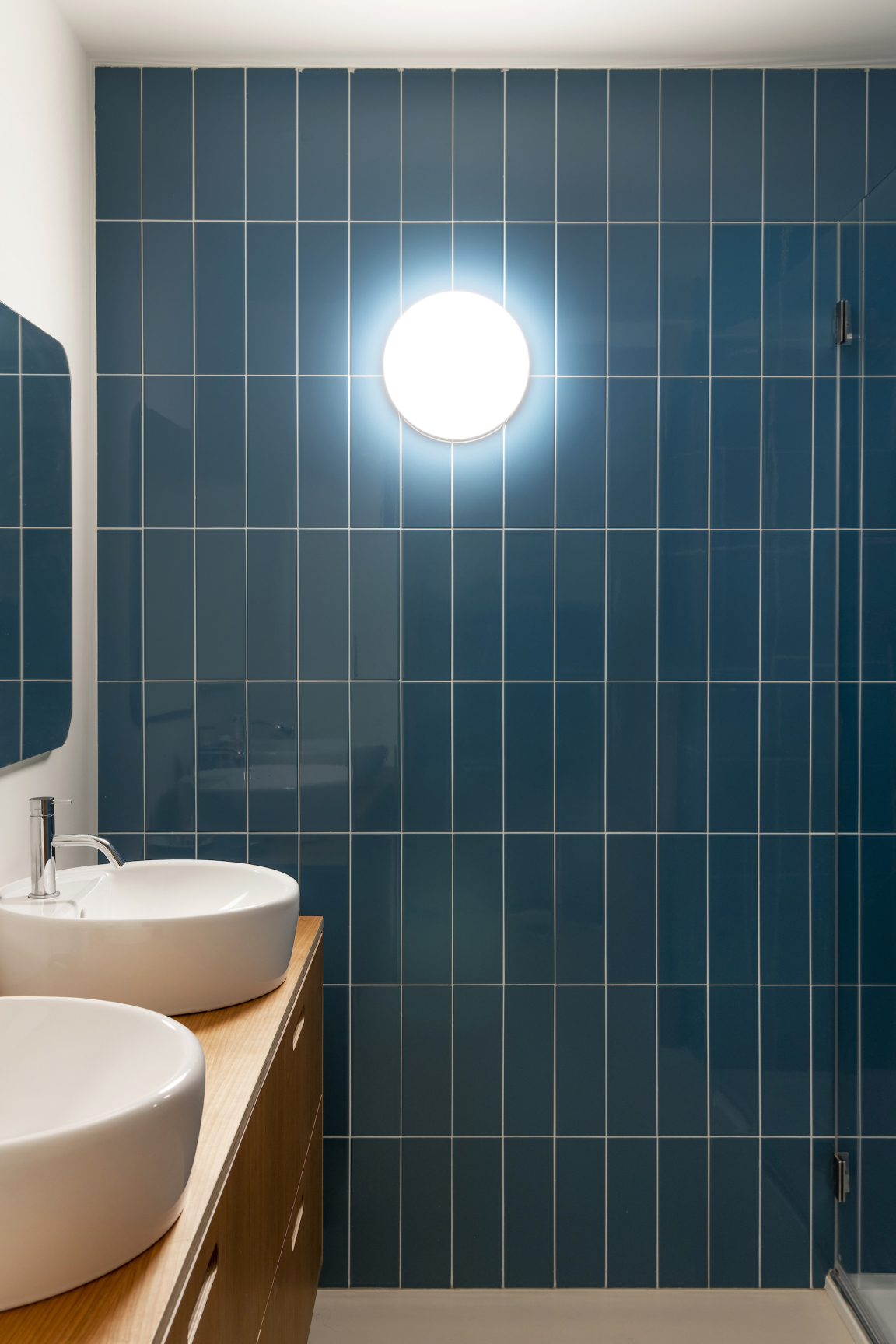
Interior design winner
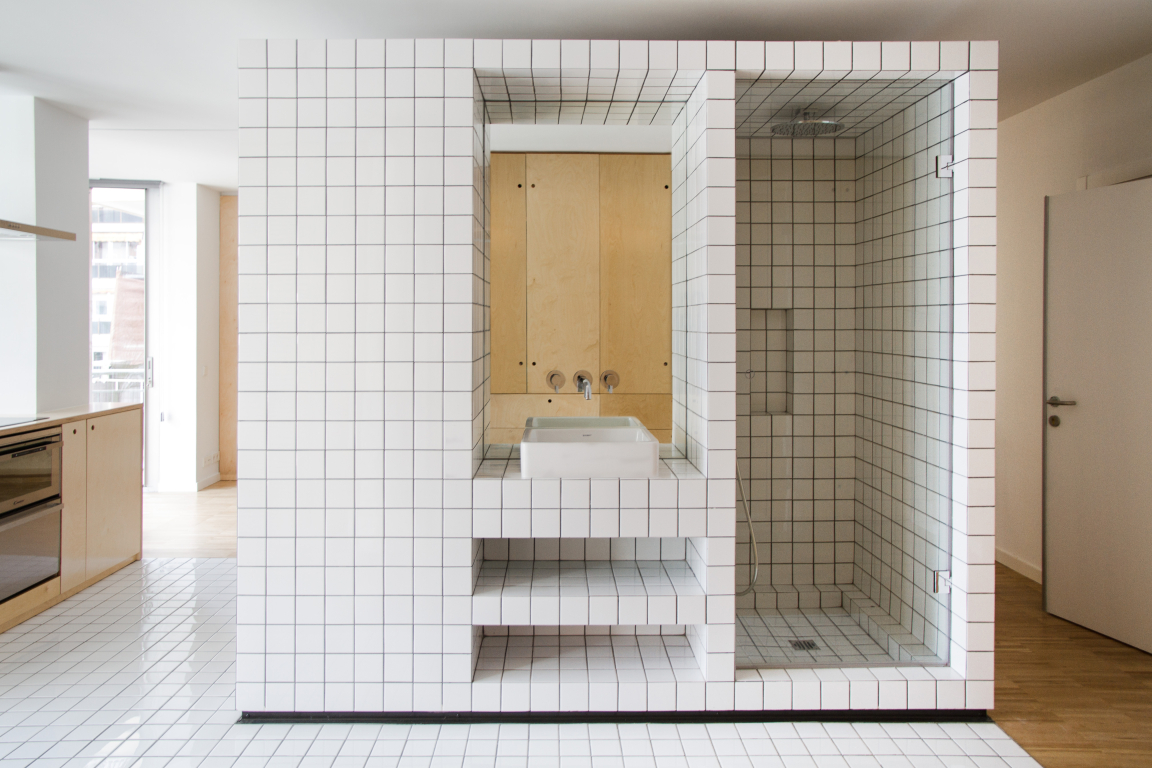
Interior design runner up
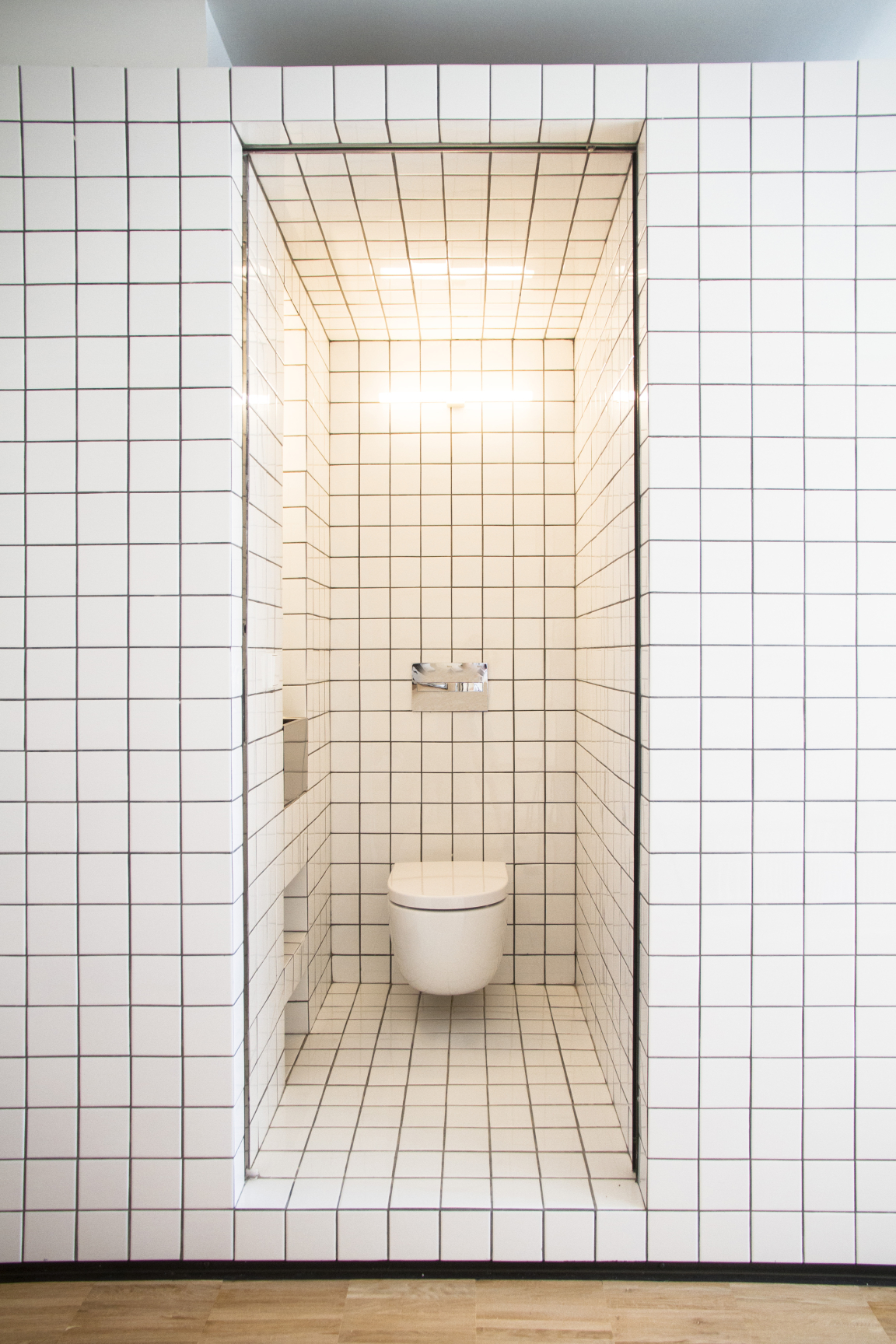
Interior design runner up
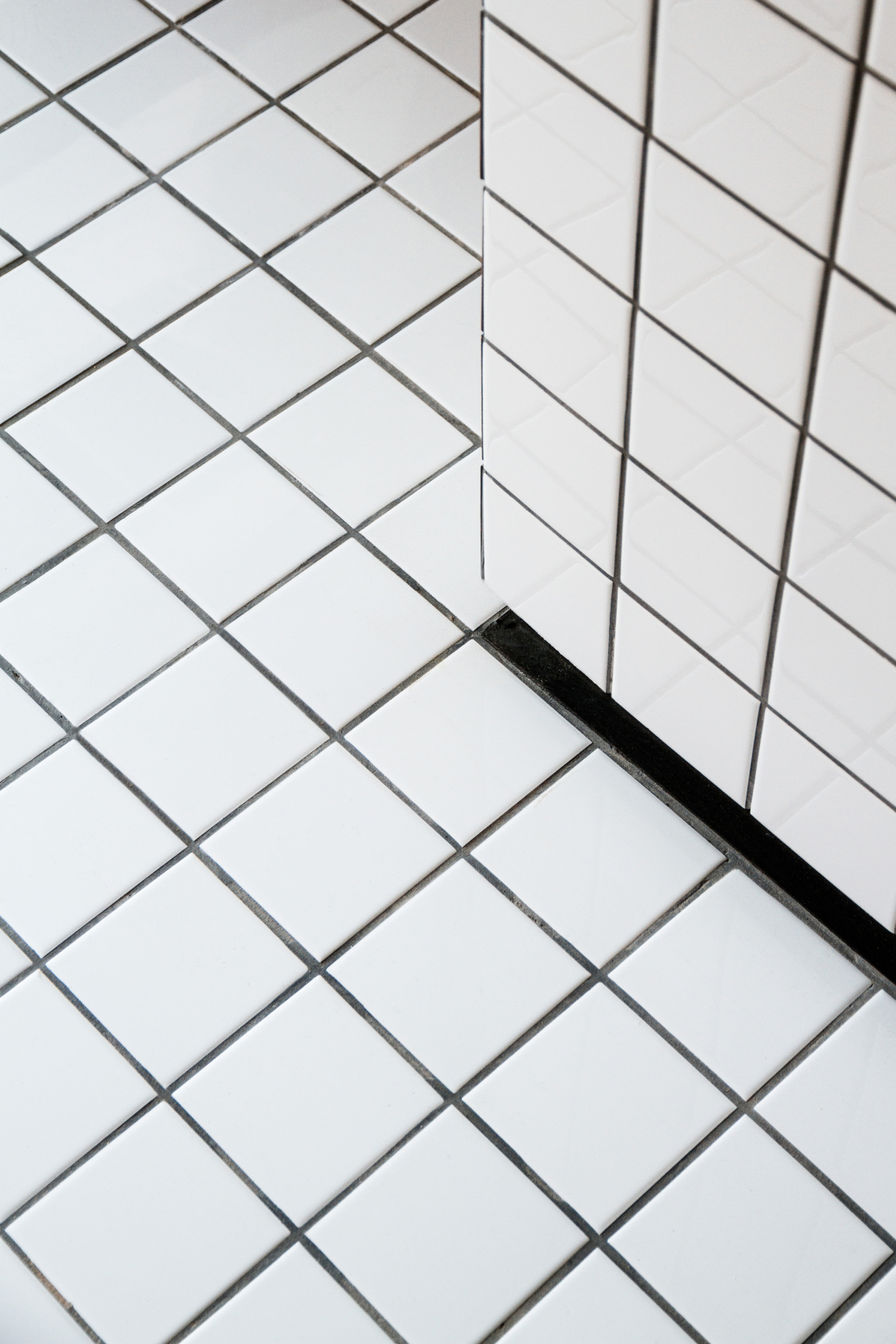
Interior design runner up
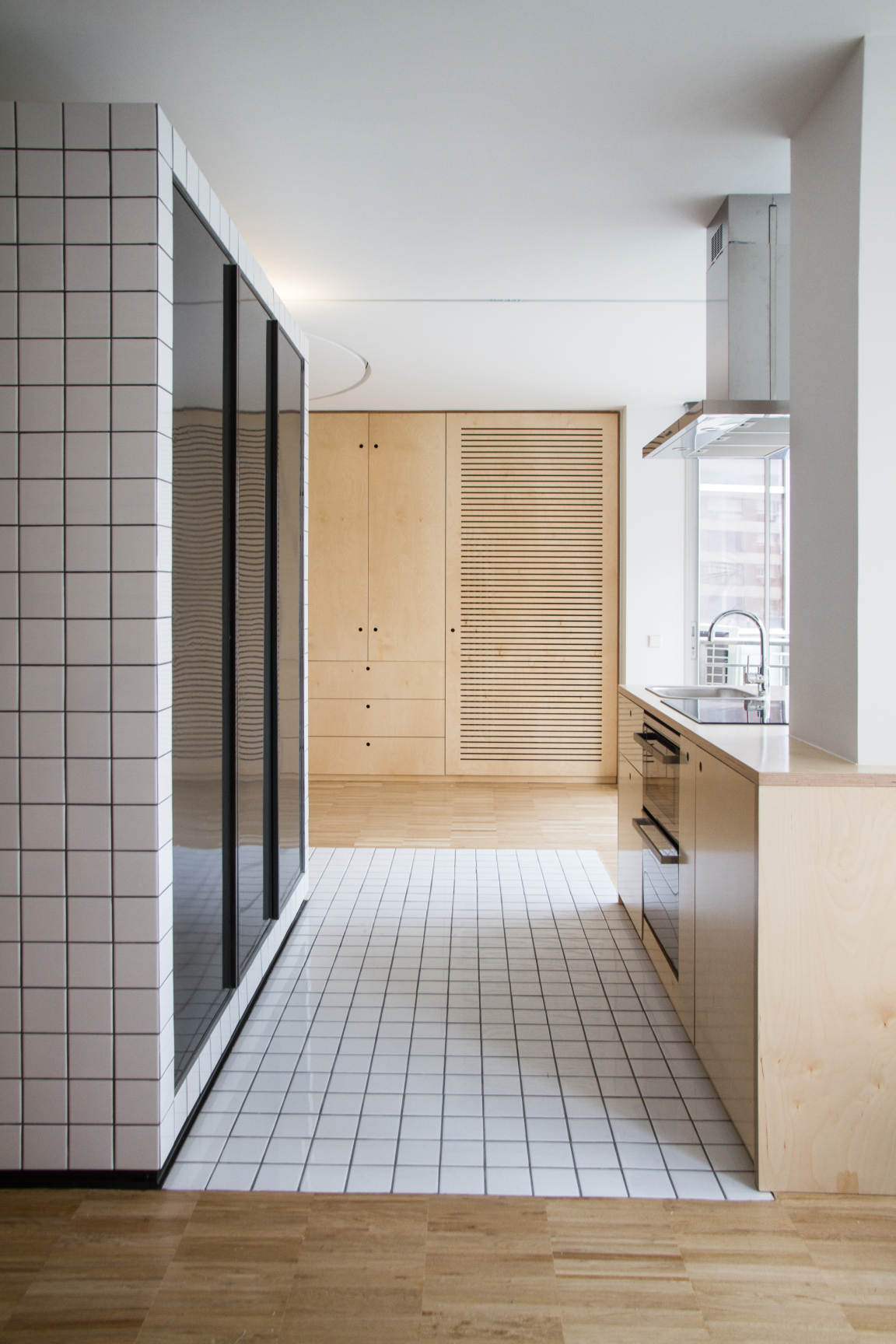
Interior design runner up
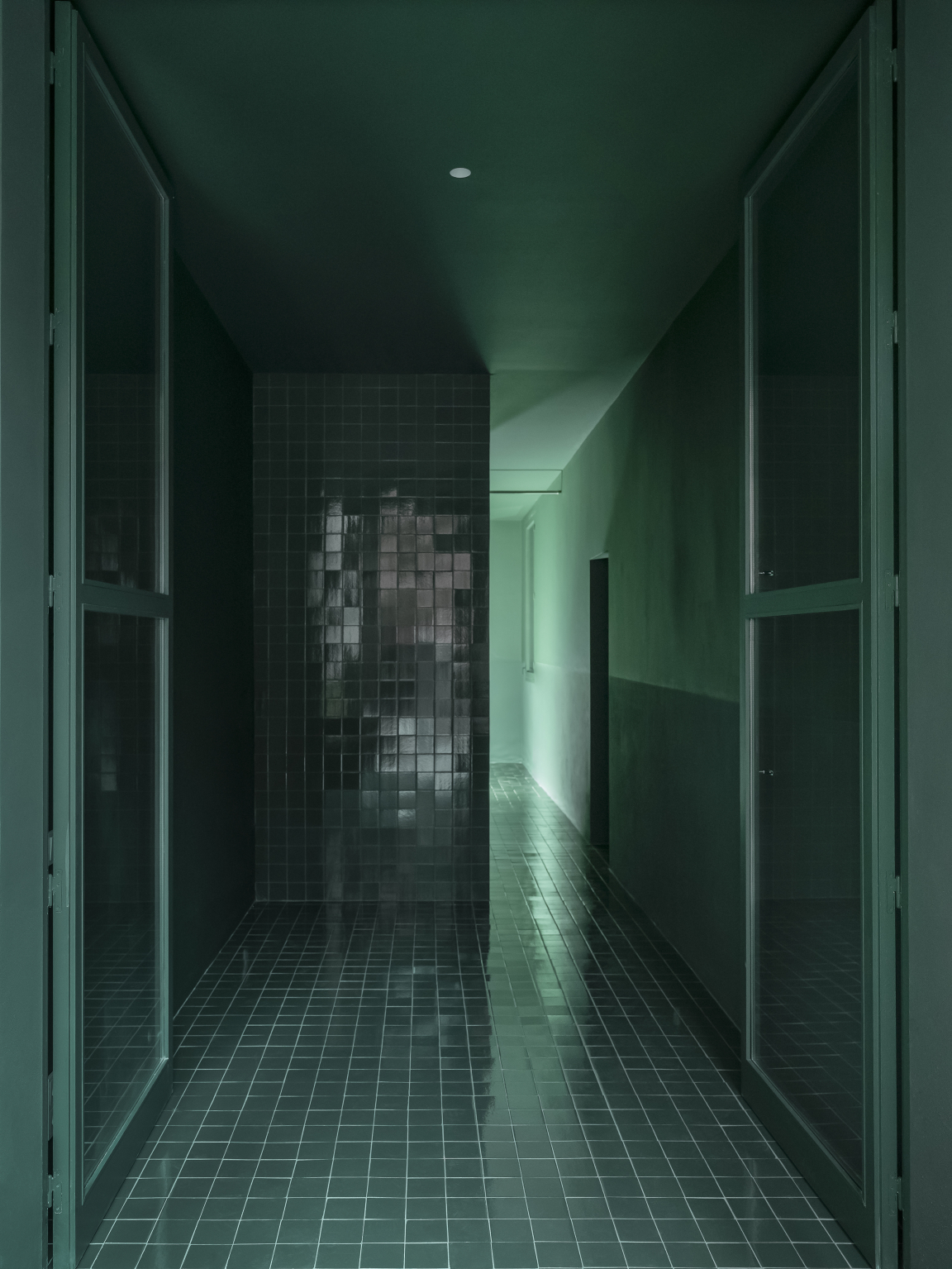
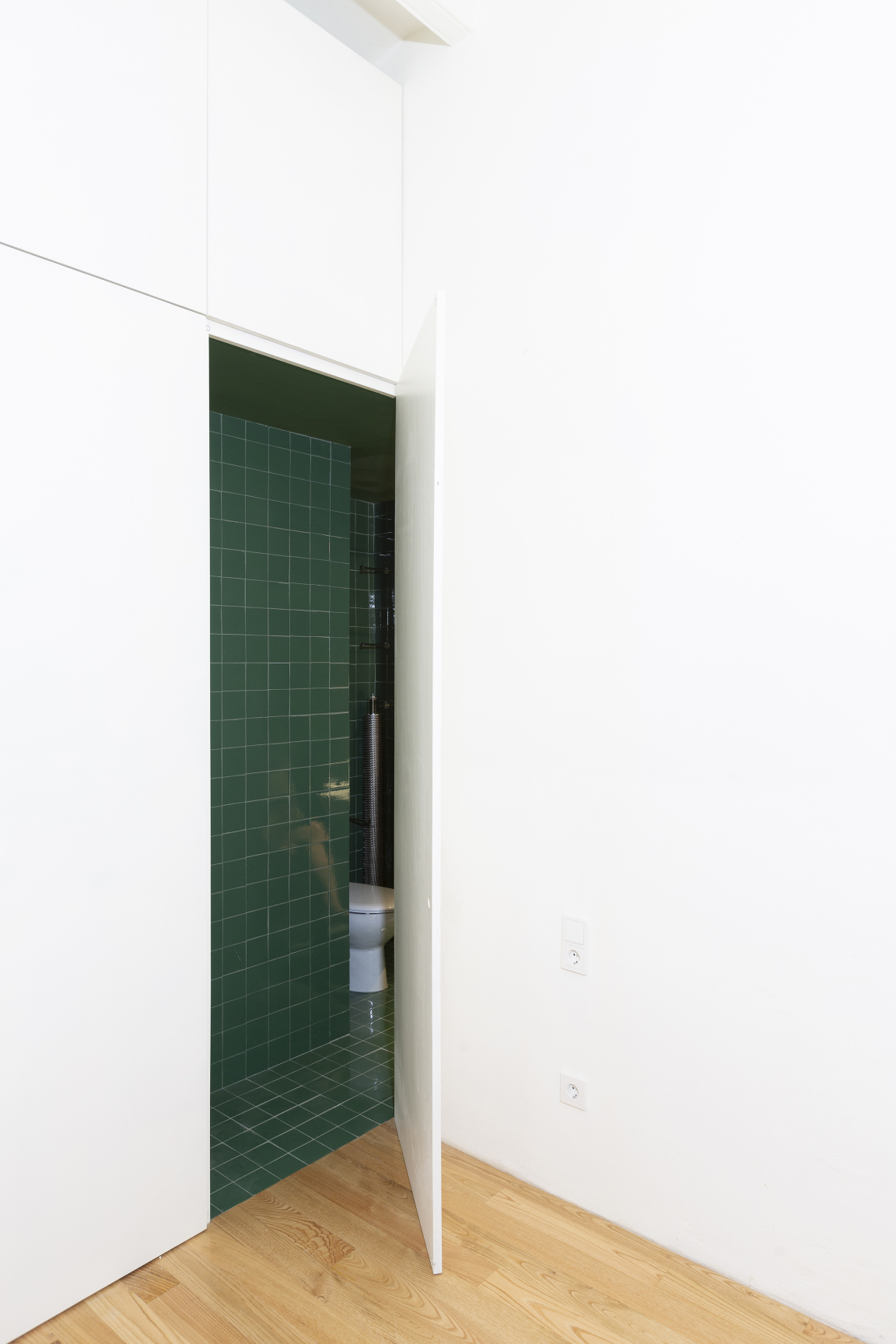
The award for the Final Degree Project, a category for architecture students went to Gonzalo López Elorriaga from Madrid School of Architecture for ‘Castilla La MaRcha’.
The jury highlighted the innovative nature of this project ‘where ceramic tiles play a starring role in a journey from depopulated Spain to an enjoyed Spain’. It involves the creation of a leisure and entertainment resort unlike typical ones, promoting a rural setting in order to revitalize an abandoned space in the town of Peralvillo while also ‘highlighting its value through an efficient unorthodox programme aimed at generating profits and attracting a new population’.
In addition to the first prizes, the judges awarded special mentions. For innovation in architecture, Malaga University’s Faculty of Psychology and Speech Therapy by Llps Architects’ Studio (Eduardo Pérez Gómez and Miguel Ángel Sánchez García) stood out for its innovative glossy ceramic skin. The jury were impressed by how the continuous skin was developed for the whole building using round glazed tiles and other smaller ones in the gaps. To facilitate their installation, a mesh-mounted system was used. The layout of the whole building and its cladding overcame possible problems with meeting points, relinquishing the need to cut the tiles or use special tiles.
In the interior design category, ‘JM55’ by BURR caught the judging panel’s eye for its capacity to create vibrant interiors in such a small space, utilising a single central tile feature around which all the other spaces revolve. A special mention also went to ‘Cal Garrofa’ by Julia Tarnawski and Albert Guerra. In this case, special note was made of its radical conceptual philosophy, used to revive a traditional looking home, in addition to the heavy use of colour and ceramic tiles to create a space with strong poetic connotations.
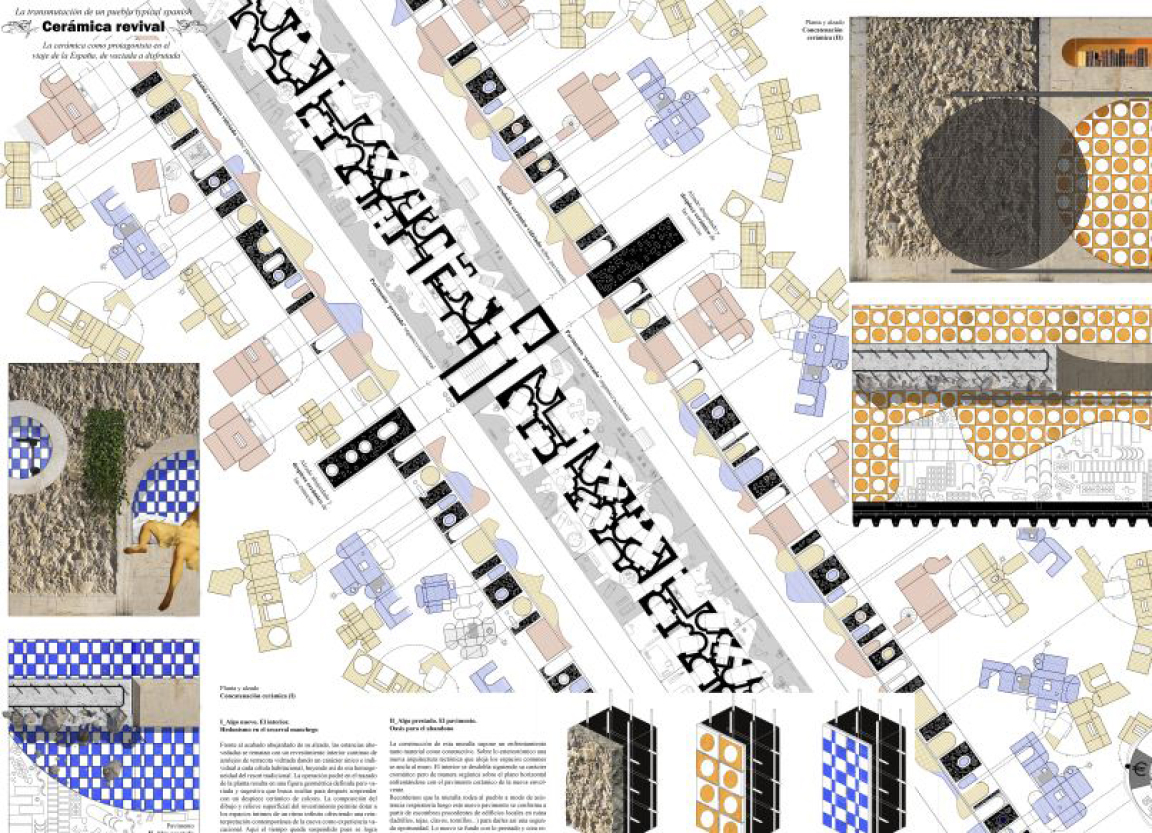
Student winner
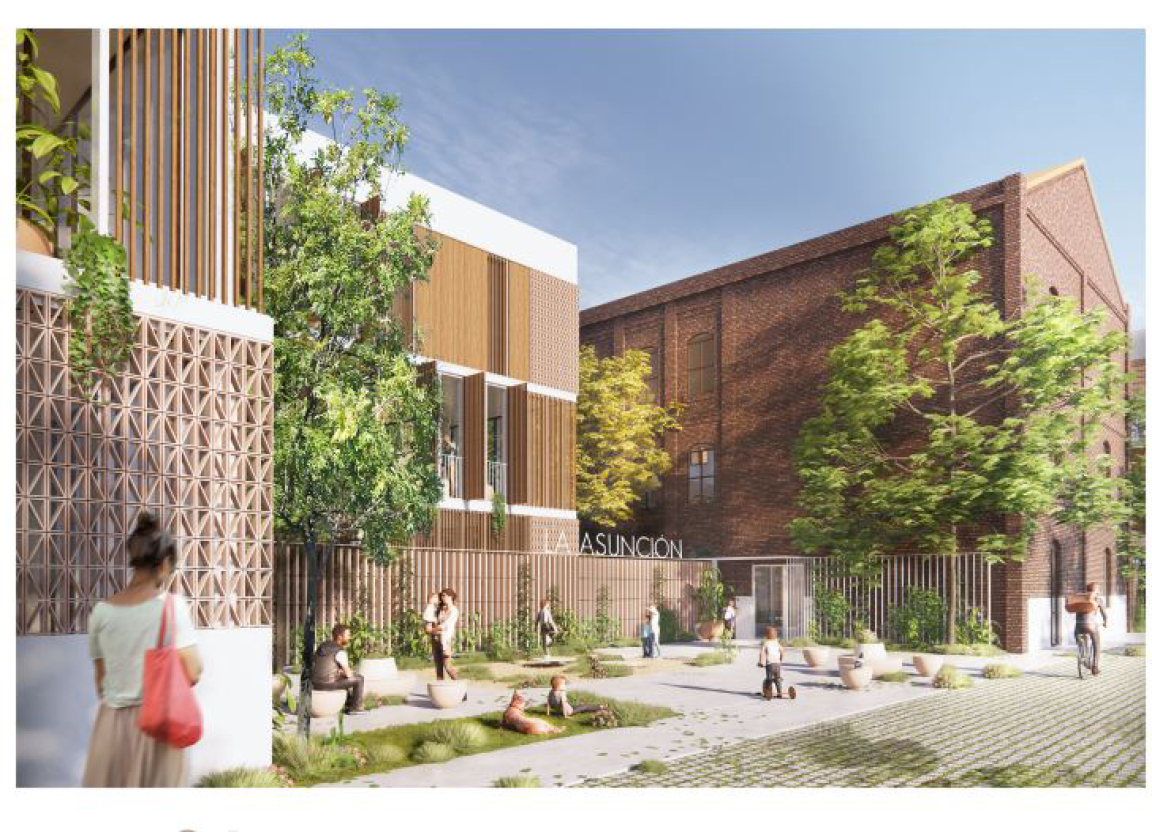
Student special mention
Special mentions were also awarded in the Final Degree Category.
‘A civic centre and temporary accommodation in La Asunción former factory’ by Mariona Dalmau Benavent from La Salle School of Architecture impressed the jury for its environmentally efficient design. The jury highlighted the project’s restrained sobriety. The existing building has been surrounded by a series of box-like volumes, distributed in such a way that Cerda’s original urban grid has been maintained, generating a new model with a permeable layout and facades with a porous visual design.
Also honoured was ‘Hortus Conclusus’ by Teresa Clara Martínez López from Madrid School of Architecture which aims to link Lisbon’s old quarter to San Jorge Castle.
Tile of Spain is the voice of the Spanish tile industry, representing more than 125 tile manufacturers. For details of this and previous years’ awards, visit tileofspainawards.com.


